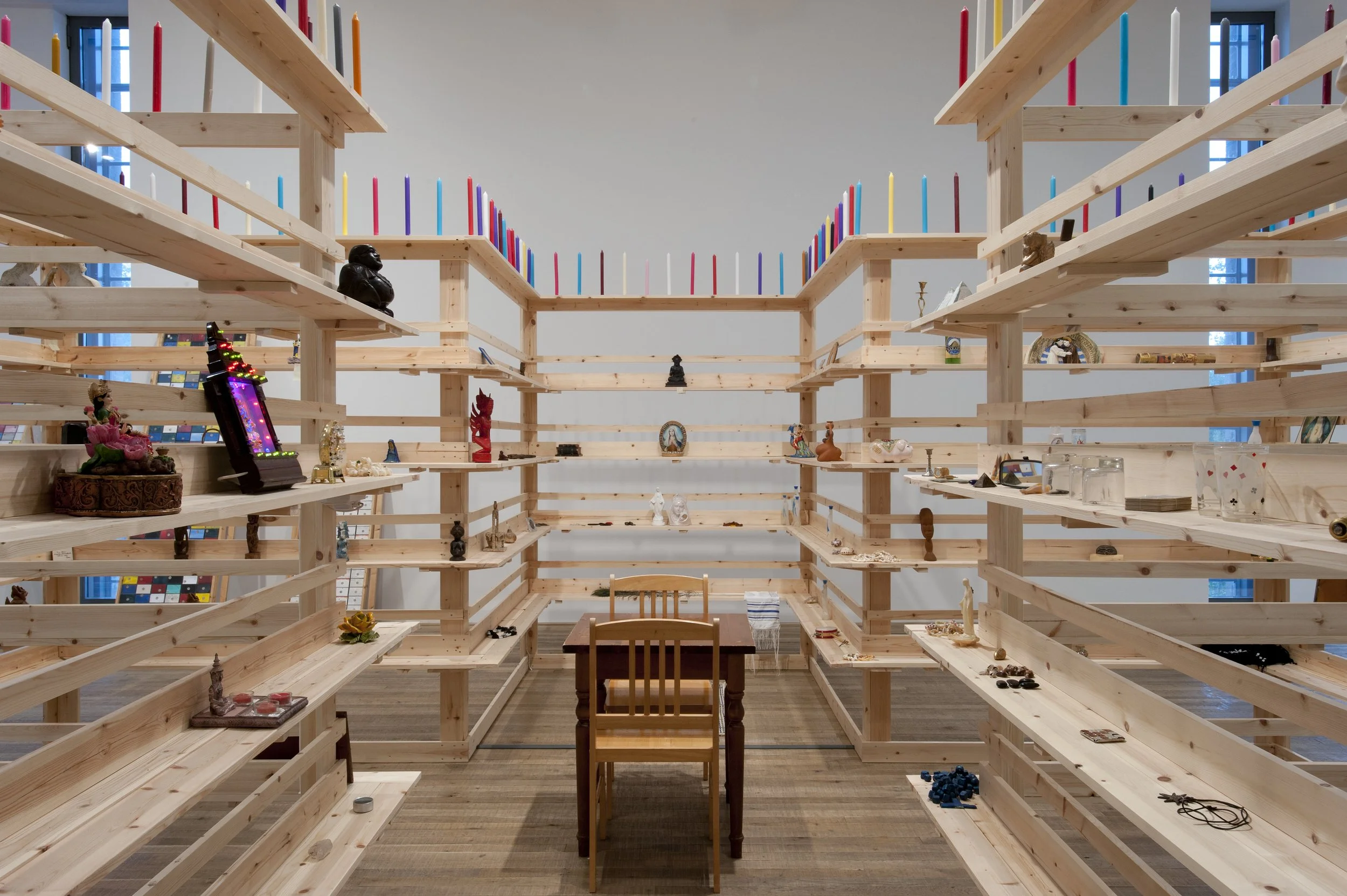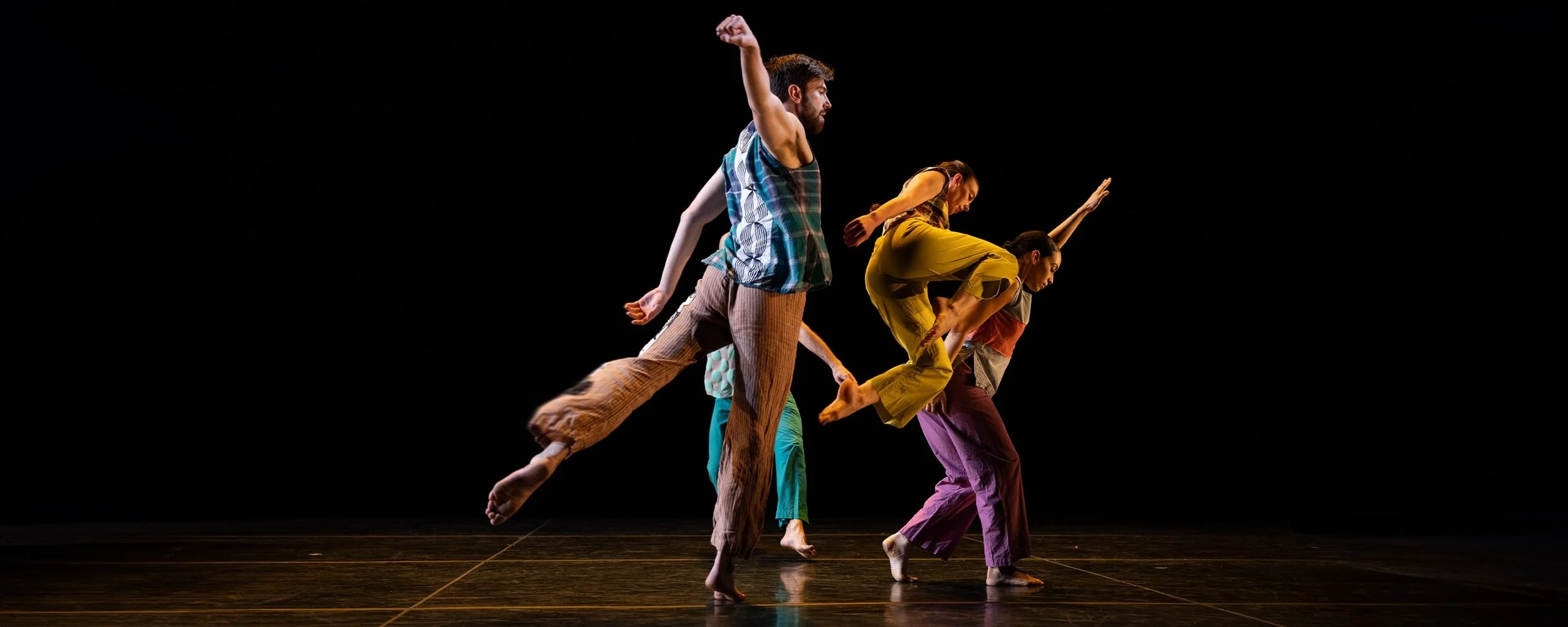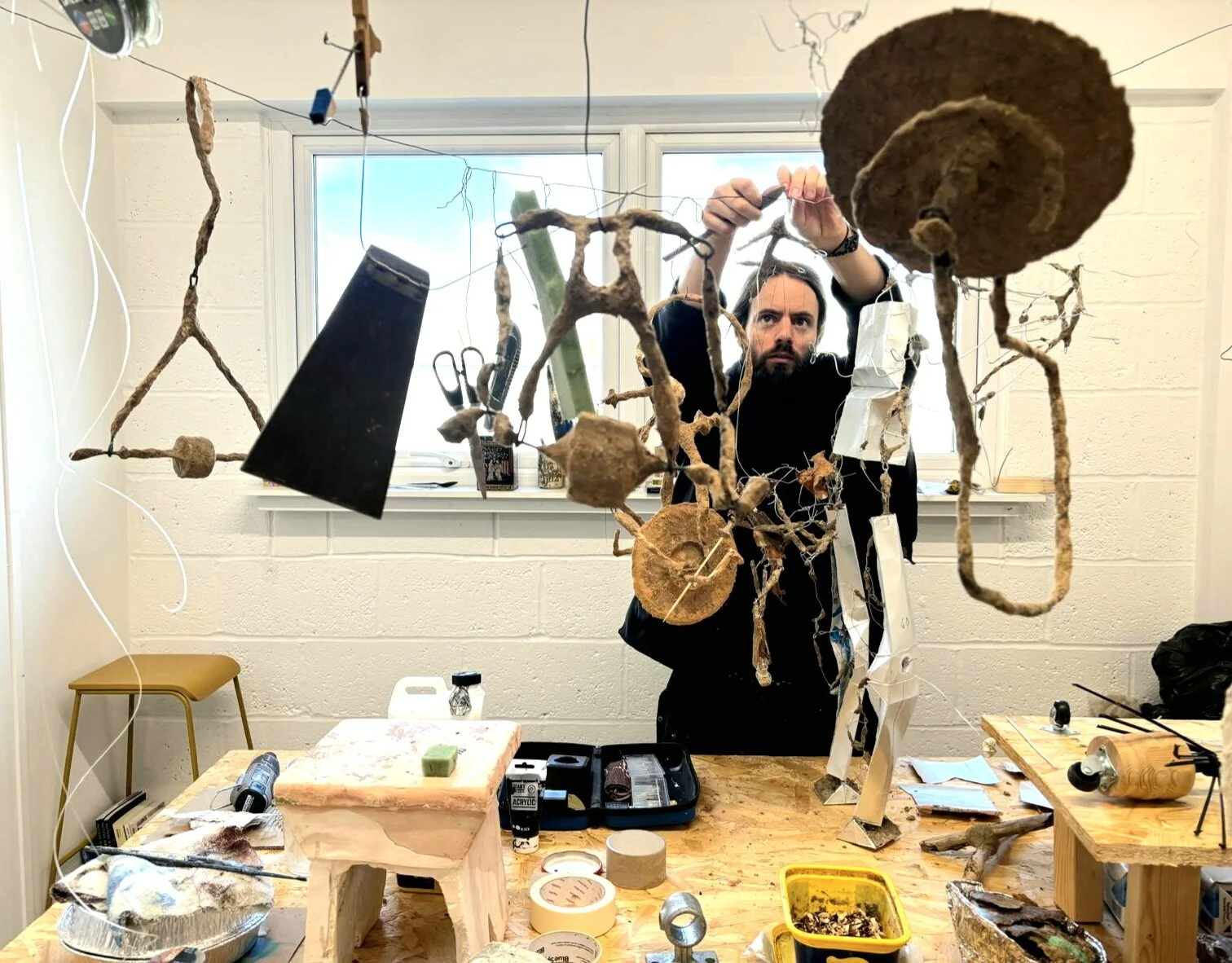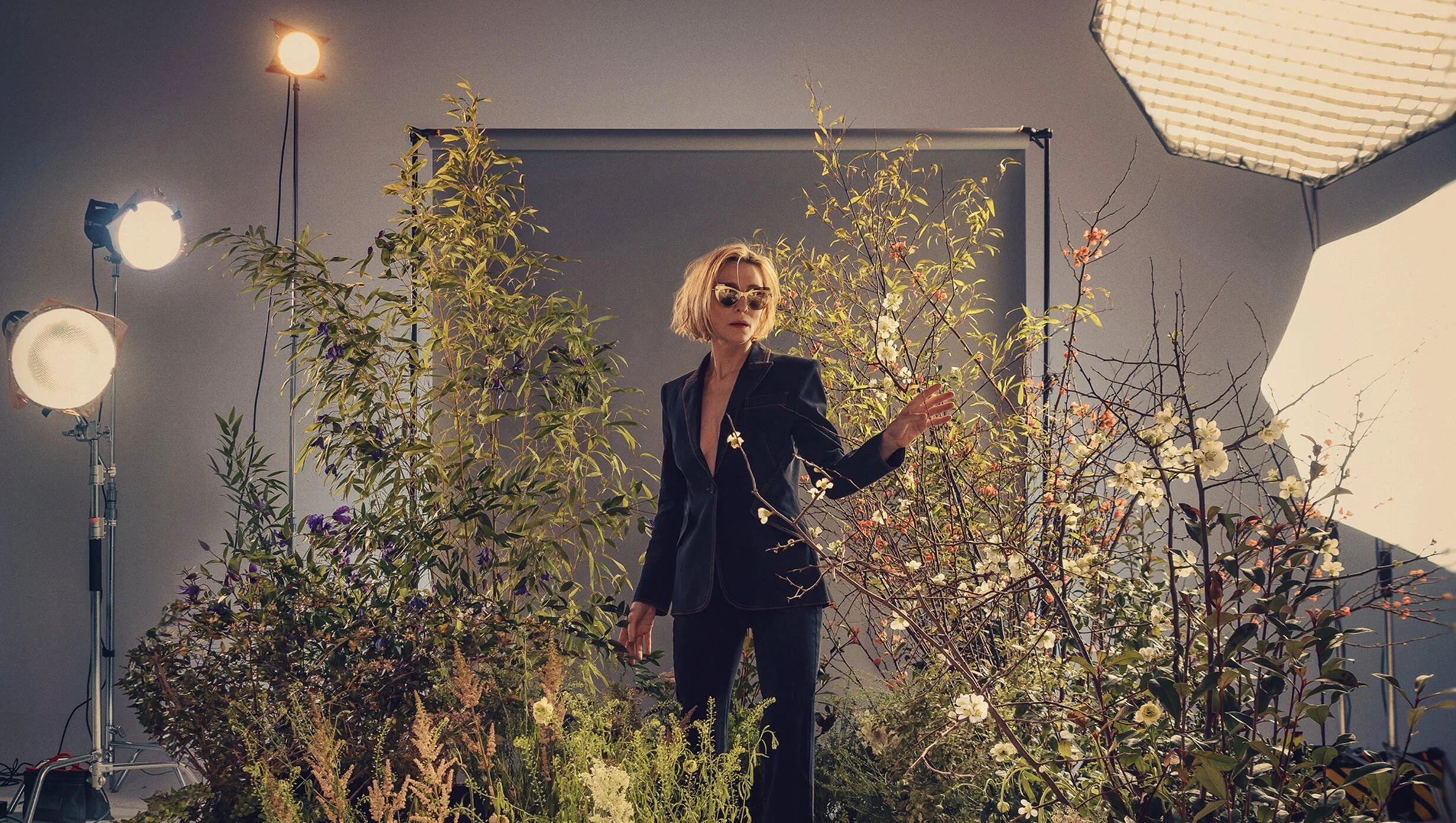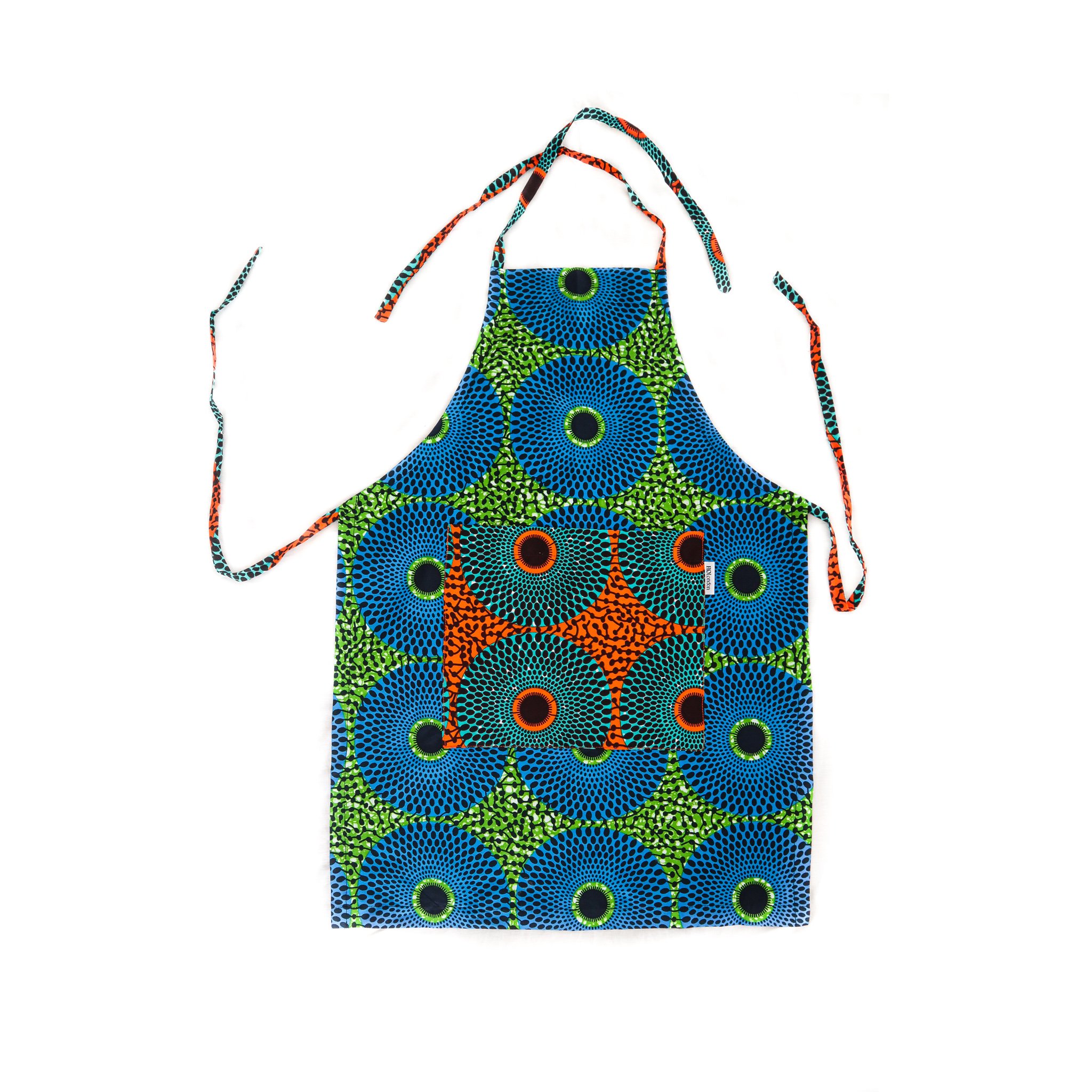Brasil! Brasil! The Birth of Modernism at the Royal Academy of Arts review
Brasil! Brasil! is an extensive look at ten important artists in a major new exhibition at the Royal Academy featuring feature over 130 works from the 1910s to the 1970s.
I have not had much exposure to Brazilian art but in spring of 2024 I saw a wonderfully diverse exhibition at the Raven Row Gallery in Spitalfields covering art made in Brazil from 1950’s – 1970s in collaboration with the Museum of Modern Art of Rio de Janeiro and drew from four museums collections from São Paulo to Bahia to Rio. I went along to the Royal Academy with great expectations and was not disappointed.
Installation view of the 'Brasil! Brasil! The Birth of Modernism' exhibition at the Royal Academy of Arts, London (23 January - 21 April 2025). Photo © Royal Academy of Arts, London / David Parry. © Tarsita do Amaral S/A.
This exhibition explores the impact of various cultural figures who sought to steer Brazil away from outdated, traditional artistic forms rooted in the colonial (1500–1815) and Imperial (1815–1889) periods before the country became a republic in 1889. As a young, ambitious, and optimistic nation, Brazil aspired to forge its own distinctive identity. It rejected European preferences for academic art and conventional subjects—such as historical allegories and religious scenes—in favour of themes that reflected and celebrated its cultural diversity.
Brazil’s extraordinary diversity stems from waves of immigration that began in the colonial era. Portuguese colonists forcibly brought more than four million enslaved people from West Africa across the Atlantic, with slavery only abolished in 1888. Later, significant populations of Italians, Japanese, Germans, and Syrians settled in Brazil, further enriching its ethnic landscape.
Although many modernist artists sought to break away from European artistic traditions, they often lived and studied abroad, mainly in Europe or the United States. However, upon returning to Brazil, they were determined to create a new artistic identity that looked inward for inspiration. In addition to adopting modern artistic approaches, they travelled across the country, drawing from the diverse people and landscapes they encountered. The result was something fresh and uniquely Brazilian.
This exhibition celebrates this transformative sixty-year period, highlighting the gradual shift from representational to abstract art.
Installation view of the 'Brasil! Brasil! The Birth of Modernism' exhibition at the Royal Academy of Arts, London (23 January - 21 April 2025). Photo © Royal Academy of Arts, London / David Parry.
The majority of works in this exhibition come from rarely seen Brazilian private collections and are displayed alongside pieces from Brazilian public collections, most of which have never been exhibited in the UK.
On one of those truly grey and wet winter days in London, it was a joy to step into this exhibition and immerse oneself in scenes of summery tropical life, depicted in vibrant works of art. At the same time, the exhibition touches on serious themes, including life in the favelas, large settlements formed due to immigration, and the destruction and horror of pogroms, as seen in works by Lasar Segall—reflecting his deep concern for the suffering unfolding in Europe at the outset of the Second World War. It also features portraits capturing the growing mixed-race population of Brazil.
The exhibition opens with a reference to 1944, when the Royal Academy of Arts hosted the first—and at the time, the largest—exhibition of modern Brazilian art in the UK: Exhibition of Modern Brazilian Paintings. Four stunning paintings by Lasar Segall, Tarsila do Amaral, and Candido Portinari, along with three works by landscape architect and artist Roberto Burle Marx, have been reunited and are displayed in the original location of the 1944 exhibition.
Installation view of the 'Brasil! Brasil! The Birth of Modernism' exhibition at the Royal Academy of Arts, London (23 January - 21 April 2025). Photo © Royal Academy of Arts, London / David Parry.
With the title Brasil! Brasil! one might have thought a far larger selection of artists would be on show but instead each room is dedicated to one artist, which in a sense allows the visitor to appreciate them individually, and meander around a curated selection of their work making this a very easy well-ordered exhibition to roam through.
Each room was introduced with font larger than the art on the walls explaining each individual artist, their impact on the art scene, people’s perception of their work at the time, as well as what influenced them and where they travelled to hone their art and where they first exhibited. Anita Malfatti (who is claimed to have spearheaded the evolution of the modernist movement) and Lasar Segall share the largest room. Tarsila do Amaral ‘s abstract geometric paintings of a Brazilian natural world are an uplifting fun blend of colour. A sight for sore eyes!
Vicente do Rego Monteiro’s (1899–1970) work is very distinct in its form. He was known for blending indigenous Brazilian themes with European avant-garde influences, particularly Cubism and Art Deco. His paintings feature stylised, geometric figures inspired by Amazonian mythology and indigenous art, using typically earthy and muted colours. I could almost envisage his figures jumping off the page to become sculptures. For tennis fans, there is Tennis 1928, an oil on canvas that looks like it should be on the cover of a 1920s Vogue magazine.
Installation view of the 'Brasil! Brasil! The Birth of Modernism' exhibition at the Royal Academy of Arts, London (23 January - 21 April 2025). Photo © Royal Academy of Arts, London / David Parry. © Instituto Pintora Djanira.
Candido Portinari (1903–1962), the son of an Italian immigrant, gained an international reputation and received numerous prestigious commissions, including the War and Peace mural at the United Nations Headquarters in New York (1952–56). His portrait Migrants 1944 is both haunting and confronting, addressing the mass migration of rural communities from northeastern Brazil who were forced to relocate in search of work and better living conditions. Portinari powerfully captures the macabre expressions of these frozen figures, while the rounded belly of a child in the painting highlights the widespread malnutrition that plagued many families.
The exhibition also includes works by self-taught artists Alfredo Volpi and Djanira, Afro-Brazilian artist Ruben Valentim, early Neo-Concrete polymath Geraldo de Barros, and artist and architect Flávio de Carvalho, who was also one of Brazil’s pioneering performance artists.
Installation view of the 'Brasil! Brasil! The Birth of Modernism' exhibition at the Royal Academy of Arts, London (23 January - 21 April 2025). Photo © Royal Academy of Arts, London / David Parry. © Rubem Valentim.
The exhibition is beautifully curated, with large, colourful, custom-made geometric bench seats placed in the centre of the rooms. To complement the expansive galleries of the Academy, backlit panels are mounted to frame clusters and pairs of works, creating a striking visual impact. As is typical with the Royal Academy, each room is painted in a unique, complementary colour, making this exhibition a true visual feast.
While the claim that this exhibition represents the Birth of Modernism with just 10 artists may be debatable for some, it remains an enjoyable and compelling experience nonetheless.
Date: 28 January – 21 April 2025. Location: The Royal Academy of Arts, Burlington House, Piccadilly, W1J 0BD. Price: from £23.50-£25.50 (including donation); concessions available; under 16s go free (T&Cs apply); Friends of the RA go free. 25 & under: 16 to 25-year-olds can access a half-price ticket (T&Cs apply). Book now.
Review by Natascha Milsom













